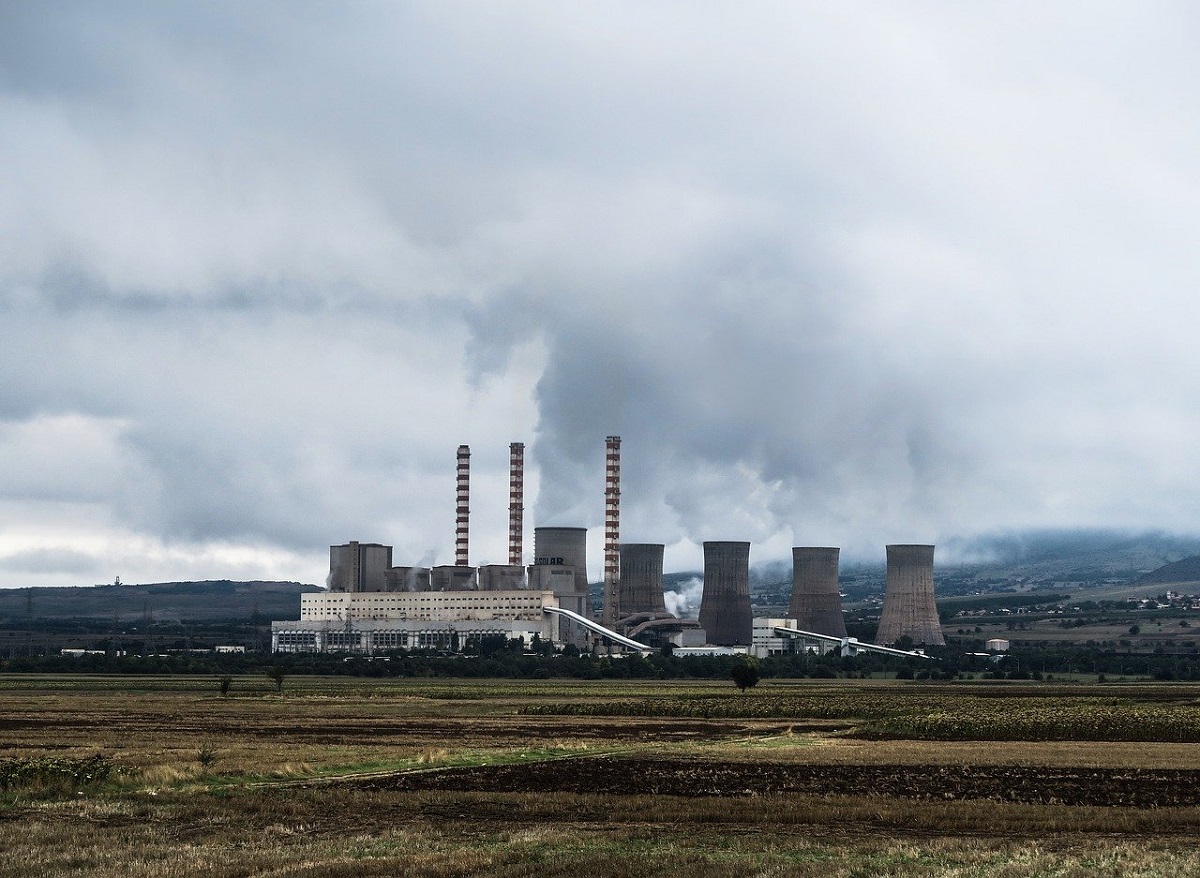Removing carbon dioxide (CDR) from the air to avoid limiting emissions, long considered marginal, is now a necessary weapon in the fight against global warming, the UN Intergovernmental Panel on Climate Change (IPCC) says in a new report.
The report says that no matter how fast the world cuts greenhouse gas emissions, it will still have to suck up CO2 from the air and oceans to avoid a climate catastrophe.
“This is the first IPCC report to clearly state that removing carbon dioxide is necessary to achieve our climate goals,” Steve Smith, head of Oxford Net Zero, emphasized.
Even under the most aggressive carbon reduction scenarios, several billion tons of CO2 would need to be removed from the atmosphere each year by 2050, and by 2100 the total amount would be hundreds of billions of tons.
“Carbon dioxide removal is essential to achieve net zero CO2 and greenhouse gas emissions globally and nationally,” the report concludes. This offsets sectors where emissions will be difficult to reduce, such as aviation, shipping, and cement production.
There are many ways to achieve “negative emissions”, but they all need to be scaled up significantly to reduce the estimated 40 billion tons of CO2 currently emitted annually, the report says.
Virtually all IPCC models give an essential role to a technology called BECCS, or fulcrum bioenergy with carbon capture and storage. The technology is quite simple: you need to grow trees, burn them for energy and bury the emitted CO2 underground, for example, in an abandoned mine.

